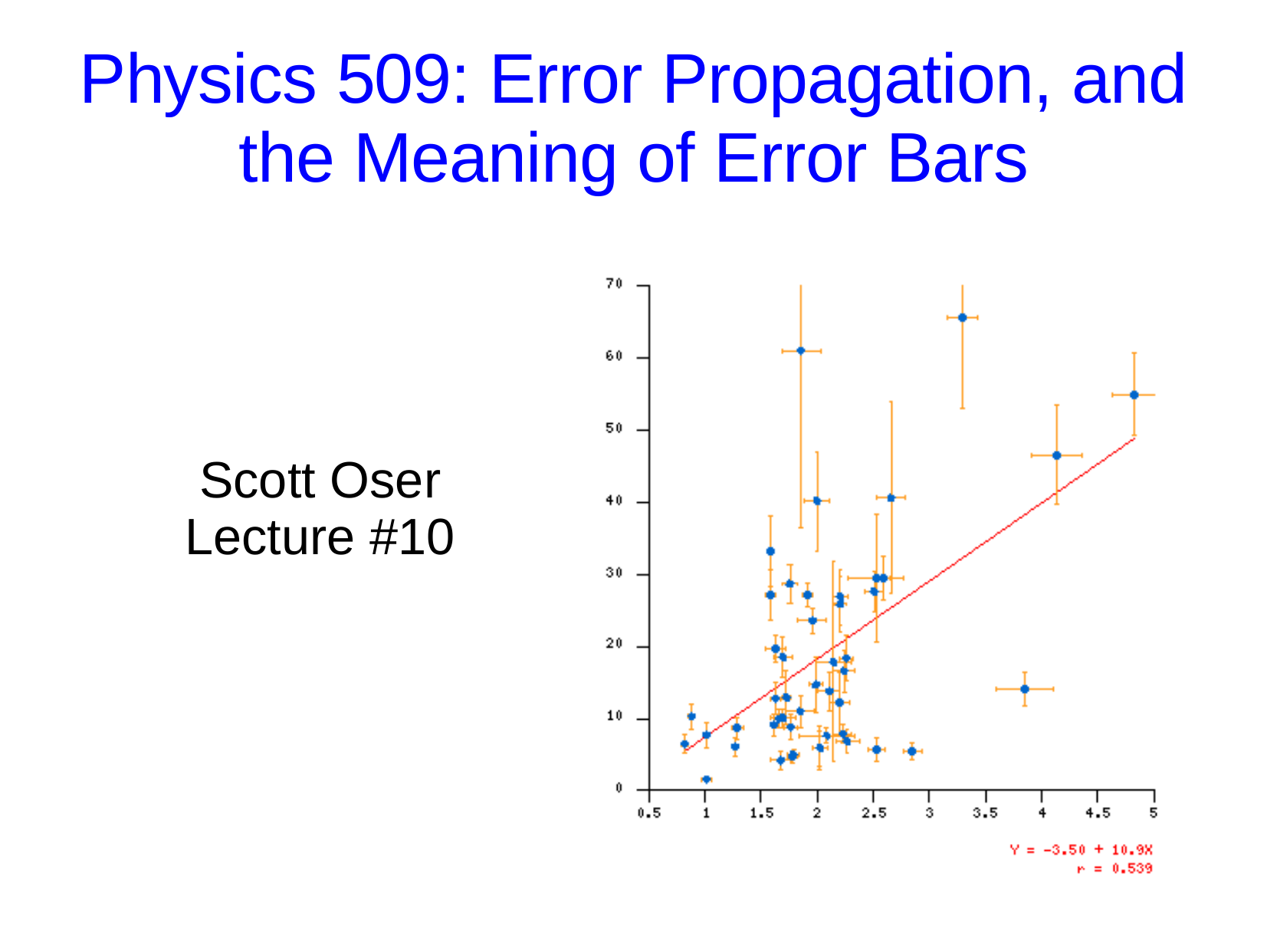
See the discussion on treating intangible assets (e.g. should not be treated as a part of PP&E because they meet the criteria set out in IAS 2. can be (and in my opinion should be) treated as a part of PP&E as they usually don’t meet the definition of inventory. Such inventory is in circulation and is exchanged with new inventory.Īssets described in point 1.Such inventory cannot be sold or otherwise consumed, it stays within the PP&E until the end of the useful life and after that its value is significantly lower due to pollution etc.

These instances can be split into two main categories: There are cases where a minimum level of inventory must be maintained due to technical reasons. Minimum levels of inventory (‘core inventory’) There are different ways I can help you, visit the services page for details. I’m a freelance consultant working remotely with 15 years of experience in corporate reporting and technical accounting. one year, though this is not stated explicitly). Specifically, an item of PP&E must be expected to be used for more than one period (i.e. Otherwise, such items are classified as inventory. Paragraph IAS 16.8 explains that items such as spare parts, stand-by equipment and servicing equipment are recognised as PP&E when they meet the definition of PP&E. On the other hand, PP&E is depreciated and depreciation expense is excluded from EBITDA, as the acronym implies. The significance of such a distinction is that inventory, when utilised, is normally recognised as an expense impacting EBITDA, a performance measure that is key for many entities. In some cases, the distinction between PP&E and inventory is not clear cut. Sometimes, property, plant and equipment are referred to as ‘fixed assets’ together with intangible assets. Property, plant and equipment is often abbreviated as PP&E. Paragraph IAS 16.3 specifies scope exemptions. IAS 16 applies to all items of PP&E not covered by other IFRS.

In particular, IAS 16 deals with recognition of PP&E, depreciation charges, impairment losses and disclosure. are expected to be used during more than one period.Īccounting treatment for PP&E is covered in IAS 16.are held for use in the production or supply of goods or services, for rental to others, or for administrative purposes and.Property, plant and equipment (‘PP&E’) are tangible items that (IAS 16.6): One of those things that develops in your work as you print it.Last updated: 5 February 2022 Definition of PP&E See mistake, cock-up, mess, fapp, stallone 7. i don't consort with idiots who make typos." Happens a damn sight more often if you have really fat fingers.ĭanny_0198: "Hlep me! my huose is o nfire!"Įlitist_cracker_1: "Fuck you, n00b, write properly. Simce I'm a kjluytz wiht teh keybaosr, I ,ake alot o f typso, adn no spekk cehcvker seems tomhelsp. Has no relation with the more common misspelling which has a completely different origin and with which it is often confused. 4.Īn excuse for not knowing the correct spelling of a word.ġ: Thats wierd, my indeviduality is deprishiating at an starteling rateĪn error in the placement of letters due to poor dexterity, lack of co-ordination or poor technique using a keyboard. Oops, I said "teh" instead of "the"! Stupid typo. "Spell-checkers don't know the difference between there, their, and they're, and neither do you." 3.

"I spell everything correctly! I use a spell-checker!" "If I had wanted to call my homage a homepage, I would have."ģ.

"Maybe that's why I spelled it that way the other 36 times I used that word." "The correct spelling of yelow is yellow." The reason why spell-checkers were invented.ġ. A correctly spelled word that illiterate duh-weebsare unfamiliar with, and will mistake for misspellings of other words.ģ. The one instance of a particular word in what you've written that will bring out stampeding herds of duh-weebsto point out to you the correct spelling of the word - and a few more incorrect ways to spell it - even though every other instance of the word is spelled correctly.Ģ.


 0 kommentar(er)
0 kommentar(er)
